The washing machine is stuck on the spin cycle and won't stop.
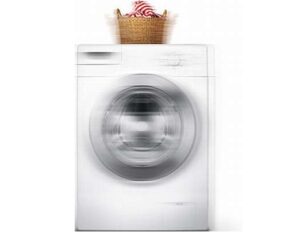 It is clear that if the washing machine does not stop during the spin cycle, it means that some kind of malfunction has occurred. There may be several reasons, from a banal overload of the drum to problems with the bearing unit or electronics. The self-diagnosis system will help little here - a code will appear on the display indicating a general error - lack of spin. You will have to figure out what exactly happened to the equipment yourself. We’ll tell you where it’s best to start repairing your “home assistant.”
It is clear that if the washing machine does not stop during the spin cycle, it means that some kind of malfunction has occurred. There may be several reasons, from a banal overload of the drum to problems with the bearing unit or electronics. The self-diagnosis system will help little here - a code will appear on the display indicating a general error - lack of spin. You will have to figure out what exactly happened to the equipment yourself. We’ll tell you where it’s best to start repairing your “home assistant.”
How to stop an “enraged” device?
What to do if the automatic machine is stuck on the spin cycle and does not want to stop the drum? Such “mad” rotation at high speed can lead to overheating of the unit and damage to the bearings. Therefore, first of all, you should turn off the washing machine, but how to do this as safely as possible? This is how you need to do it. To begin, press the Start/Pause button. After this, the rotation of the drum should begin to slow down. So, after a few seconds, the “centrifuge” will stop completely.
If turning off the button does not help, you will simply have to turn off the power to the machine by unplugging the power cord from the outlet.
Of course, such an action is dangerous for the machine, but leaving it for a long time with a rotating drum is no less dangerous. Therefore, without hesitation, disconnect the device from the power supply.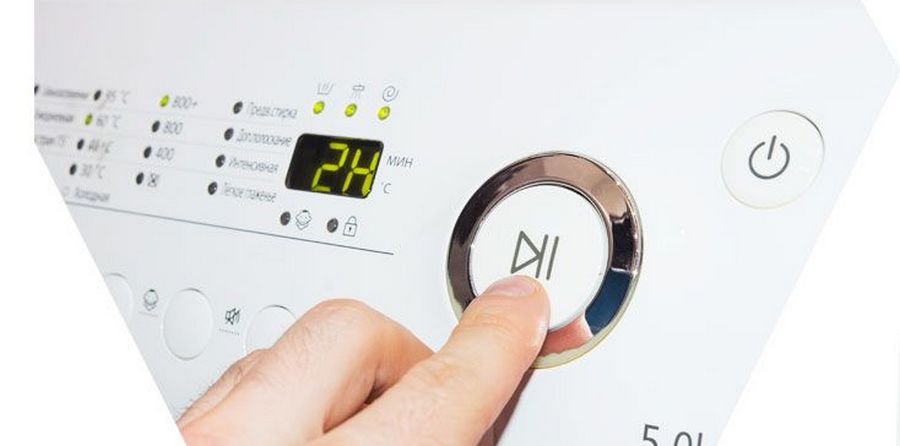
Why did this malfunction occur?
The washing machine performs many actions in one cycle. First fills the tank by opening the inlet valve. The powder is mixed with water, and the engine begins to turn the drum.Having completed the pre-wash, the machine drains the used liquid and refills, taking detergent from another compartment of the cuvette.
At the end of the main wash, the dirty water is drained again and clean water is collected for rinsing. The final stage of the cycle is spinning. This is where our situation goes wrong. The machine, for some reason, cannot work normally, freezing in the process. You will be lucky if a faulty machine displays a system failure code on the display, informing the user which particular unit has failed. But it happens that the error is not displayed, and you have to look for the cause of the problem yourself. In such a situation, logic and knowledge of the structure of an automatic washing machine will help. To begin with, it is worth eliminating trivial user errors that can lead to the impossibility of spinning. Among them:
- machine overload;
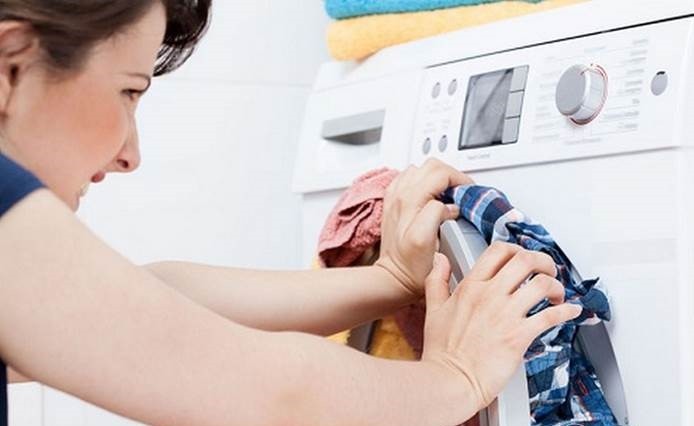
- washing one too bulky item;
- insufficient filling of the washing machine;
- selecting a program that does not involve spinning;
- foreign object entering the tank. A bra wire, bobby pin, nail or other thing can jam the centrifuge, preventing the machine from accelerating the drum to the required speed.
When the machine is overloaded with things, the laundry bunches up into a tight ball, causing the drum to become unbalanced. And when in such a situation the “centrifuge” begins to rotate very quickly, a heavy lump may well disrupt the normal operation of the drive mechanism. Therefore, the equipment urgently stops the cycle, freezes, and waits until the excess clothing is removed.
A similar situation may arise when few things are loaded into the machine. Modern washing machines easily recognize such a violation and pause the spin cycle.It happens that the cause of a malfunction of the washing machine is a foreign body that gets into the space between the tub and the drum. In such a situation, it is important to get the thing out as soon as possible, since it can not only lead to a “wedge” of the drum, but also damage the plastic container - the machine will begin to leak.
If all the above reasons are excluded, you will have to start searching for a technical fault. To find the “weak spot”, you will need to partially disassemble the machine. You can do this yourself. We'll tell you which components failure usually causes the washing machine to freeze during the spin phase.
Bearing unit and drive
Most often, problems with drum rotation are observed due to broken bearings. In such a situation, an automatic machine makes a lot of noise and hums during operation, a grinding sound is heard, and significant play in the “centrifuge” may be observed.
Broken bearings make it difficult for the drum to rotate, so the machine cannot reach the speed necessary for spinning and freezes.
If you have no desire to repair your old machine, it is better to take it to a workshop, or buy a new machine. When extra expenses are not included in your plans, you can do the repairs yourself. Replacing bearings is not an easy process and will require a lot of effort and time. First, you need to purchase replacement components. They must fit the specific model of washing machine. Next, you need to almost completely disassemble the washing machine and remove the tank from it.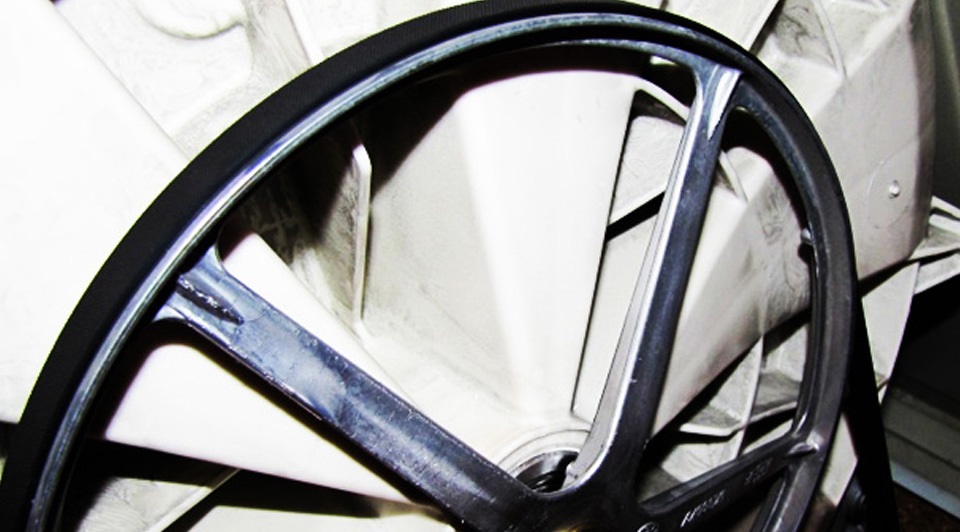
It’s good if your “home assistant” is equipped with a collapsible tank. Then you just need to halve it, gain access to the drum, knock out the old ones and press in new bearings, not forgetting to replace the oil seal. The machine is assembled in the reverse order.
If the assembly is cast, more time will have to be spent on repairs. First, the plastic is sawed with a hacksaw along the weld seam, then the bearings and seal are changed. When connecting the halves, you need to use silicone moisture-resistant sealant - this will restore the tightness of the tank.
When the bearings are good but the spin cycle is not working, observe how the machine operates just before it freezes. If you hear a subtle whistle and the drum rotation speed slows down, be sure to inspect the drive belt. When the rubber band is stretched, it “slips” along the pulley, causing the speed to drop. To check the belt you need to:
- turn off the power to the machine;
- turn off the water supply tap;
- remove the top panel of the machine;
- Remove the back wall of the case by unscrewing the screws securing it.
Inspect the drive belt. If it is damaged, replace the rubber band. For this:
- remove the old belt from the pulley;
- Pull the new rubber band first onto the engine pulley, then onto the drum “wheel”;
- Reassemble the washer body in reverse order.
Of course, it would be useful to immediately check the pulleys directly to see if they are deformed. Particular attention should be paid to the drum “wheel”. Even a slightly noticeable bend or a small burr will have a negative impact on the drive belt, causing it to wear.
Engine and speed sensor
Next in line for testing are the electric motor and tachometer. It often happens that the commutator loses power due to worn brushes. A “weak” engine is unable to accelerate the drum to high speeds, so the machine freezes in the spin cycle. To check the motor brushes, you should:
- de-energize the SMA;
- close the shut-off valve responsible for the water supply;
- unhook the top cover of the machine by unscrewing the two bolts holding it;
- remove the back panel of the case;
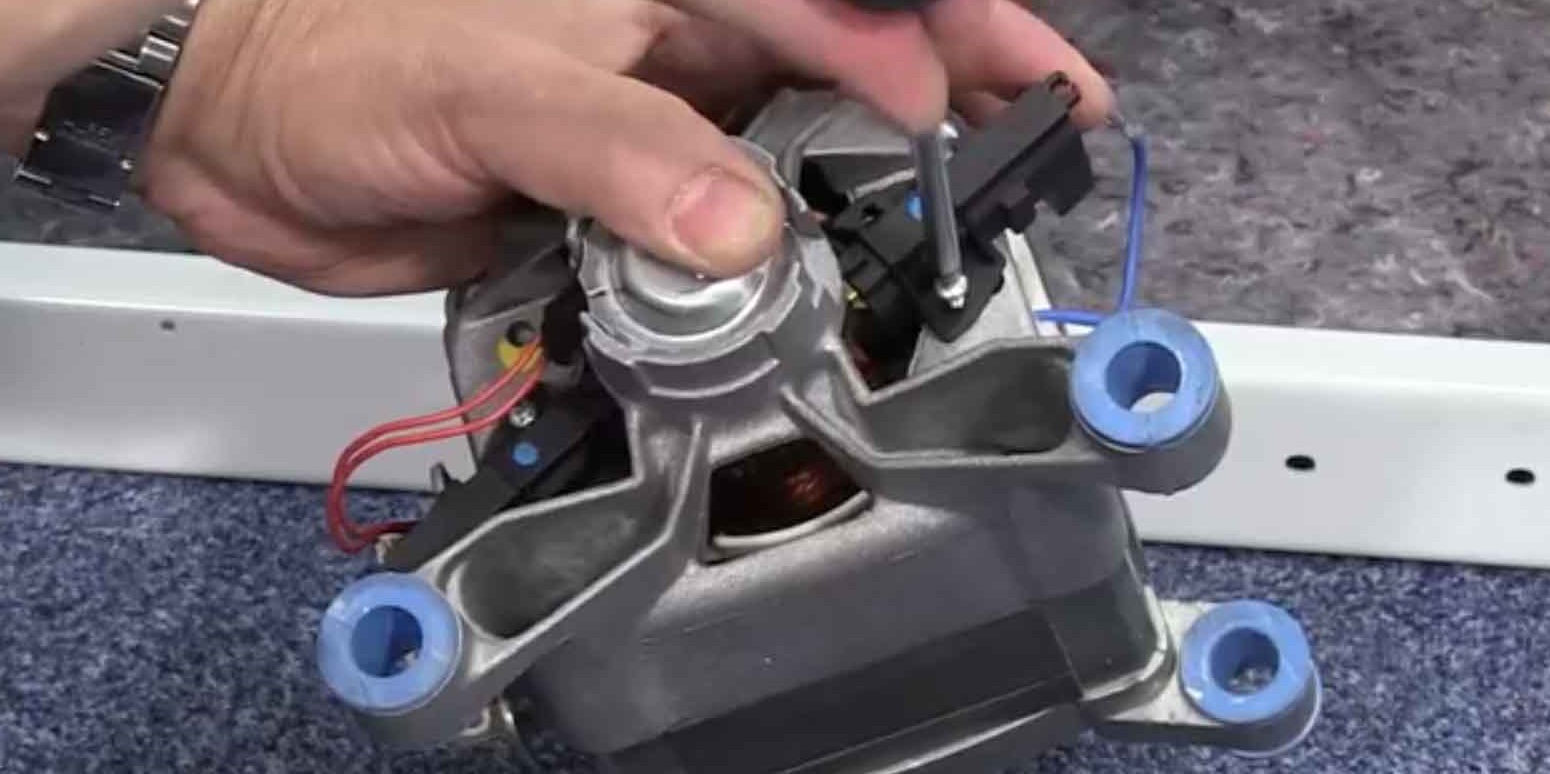
- remove the drive belt from the pulleys;
- disconnect the wiring from the engine. It is better to first take a photo of the contact connection diagram so as not to get confused during reassembly;
- Unscrew a couple of bolts securing the motor;
- remove the engine from the housing;
- Unscrew the small screws located on the sides of the motor. They hold carbon brushes;
- inspect the electric brushes to see how worn they are.
The brushes of the commutator motor must be replaced in pairs, even if one carbon rod is completely intact.
If the problem is not worn brushes, run diagnostics on the tachogenerator. The Hall sensor is checked with a multimeter. The tester should be switched to ohmmeter mode and measure the resistance of the part. Normally, the device screen should display a value of about 60 ohms. Next, the multimeter is switched to voltage detection mode. When measuring the current at the tachogenerator terminals, you need to crank the engine with your free hand. The reading on the screen should be approximately 0.2V. The tachometer controls the engine speed. If an element is found to be faulty, it should be replaced. Otherwise, it will not be possible to avoid problems with spinning.
Electronics are "jamming"
The most unpleasant thing is if the machine is stuck on the spin cycle due to problems with the main control module. An electronic unit is a very complex part; working with it requires special knowledge and sufficient experience. Therefore, it is better to entrust board repair to a specialist. The service center technician, using special equipment, will determine which element of the module has failed and, if necessary, replace the semiconductor or solder the tracks.You shouldn’t delve into the machine’s “brain” on your own - this may not help, but will do even more harm to the equipment.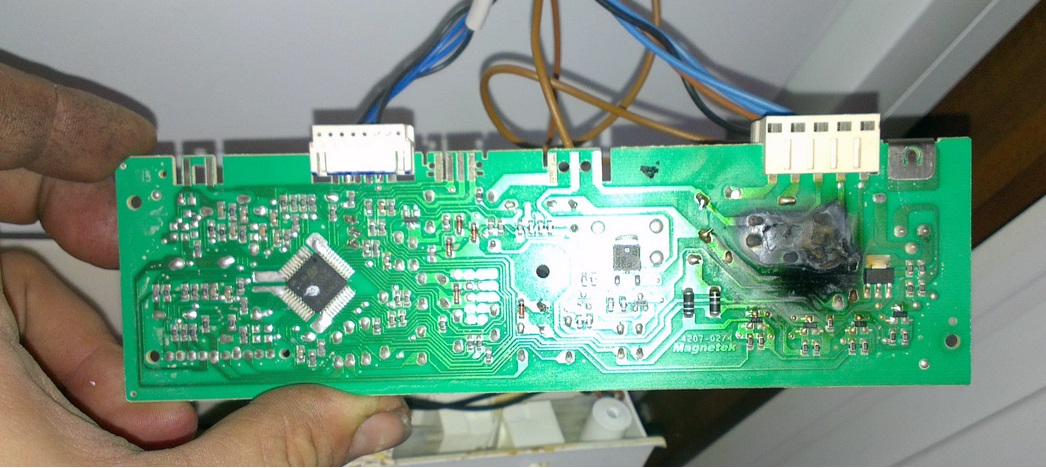
So, if the automatic machine suddenly freezes while spinning the laundry, do not rush to immediately call the technician. Perhaps you simply “overdid” things and exceeded the maximum permissible load weight. Or, on the contrary, they decided to “drive away” the half-empty washing machine. When it’s a technical fault, try to identify the cause of the breakdown yourself. Even a beginner can replace engine brushes or install new bearings, provided they follow the instructions for action.
Interesting:
Reader comments
- Share your opinion - leave a comment

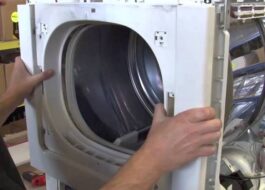
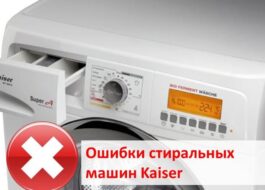
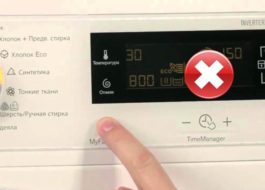

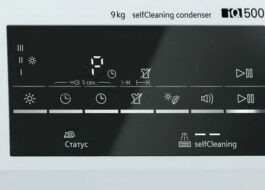
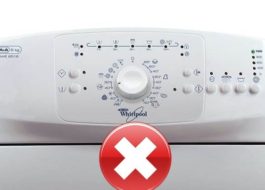


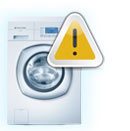
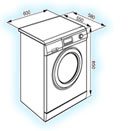


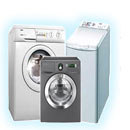
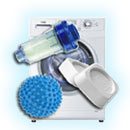


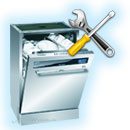
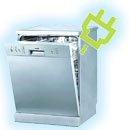
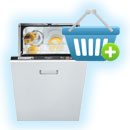
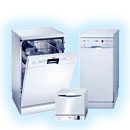
Add a comment